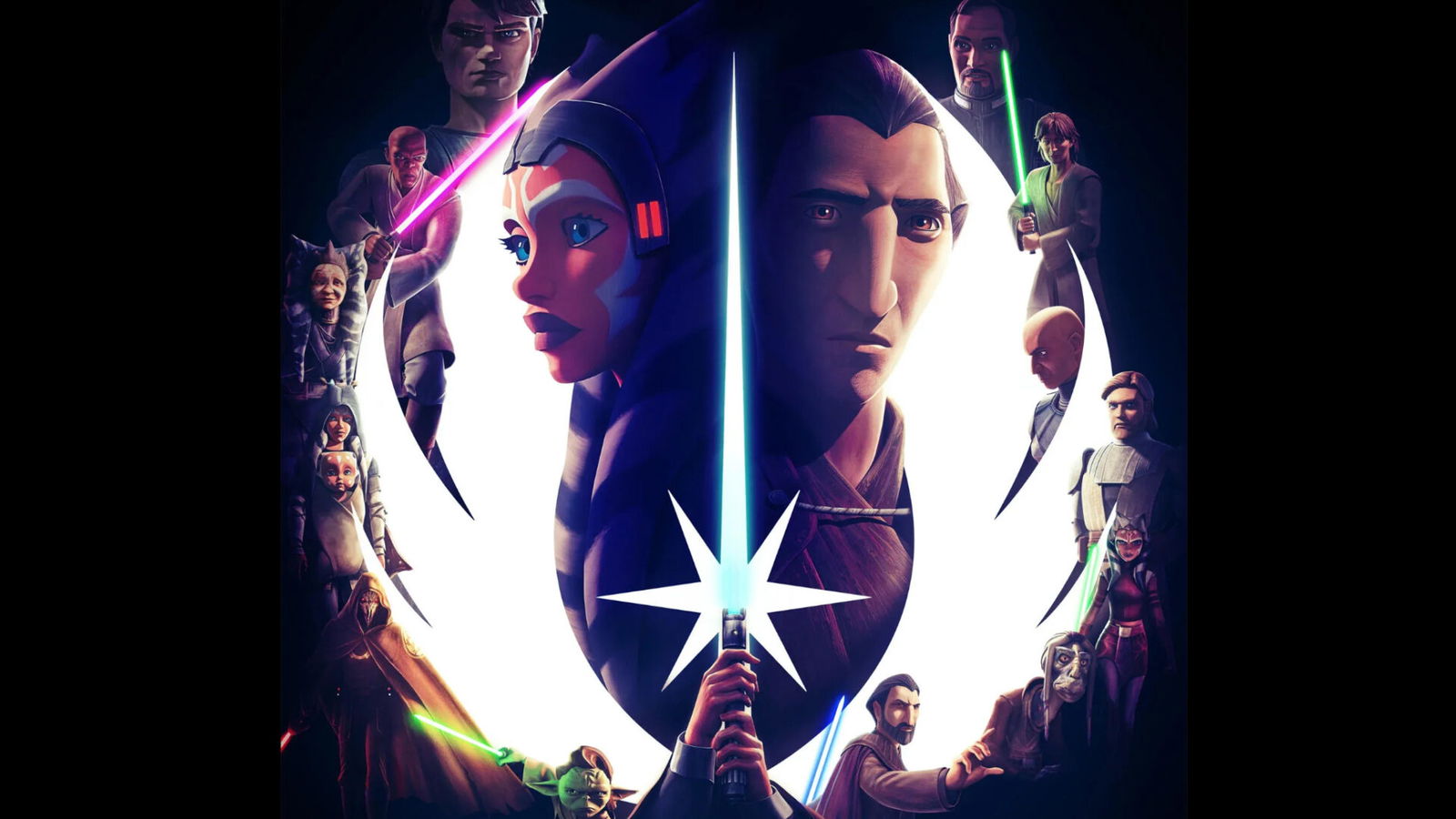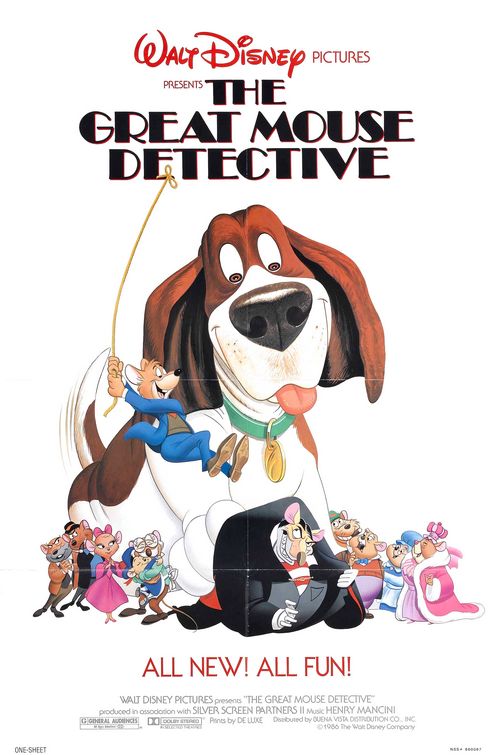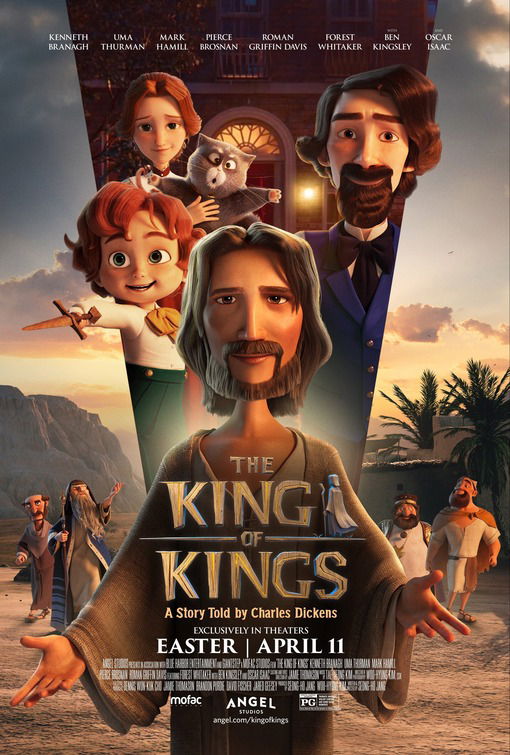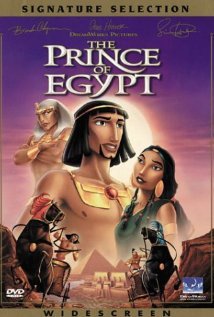
TALES OF THE JEDI Offer Thrilling Backstories of Iconic Characters
By Allen Rushing, Movieguide® Contributor
TALES OF THE JEDI is a Star Wars animated series available for streaming on Disney+ starring Corey Burton, Ashley Eckstein, Dee Bradley Baker, Matt Lanter, and Ian McDiarmid and created by Dave Filoni. It provides the backstories of two important Prequel Era characters – Ahsoka Tano and Count Dooku – in six short episodes, each with a primary theme whose aim is to fill in gaps of the Clone Wars period narrative.
Episode 1 focuses on the birth and childhood of Ahsoka Tano and the discovery of her destiny as a Jedi at a very early age. Episode 2 follows Count Dooku, a Jedi Master, and his apprentice, Qui-Gon Jinn, as they seek to settle a matter of diplomacy on a Republic planet. Episode 3 follows Jedi Masters Windu and Dooku on a mission that pushes Dooku to a turning point. Episode 4 expounds the culminating outcome of a Jedi’s fatal choice. Episode 5 takes us back to Ahsoka’s story as she is trained by Anakin in a manner that will harden her to face the most difficult of battles. Episode 6 brings the series to a close with Ahsoka finding that she cannot escape her Jedi destiny even when the Republic lies in ruins, the Jedi are dead or gone into hiding, and after she takes such pains to hide who she is.
These short vignettes are focused well and do an admirable job of concise storytelling and filling out the backstories of key characters. They give explanatory contour to both Ahsoka and Count Dooku. With Dooku, they demonstrate that his life is far from a black and white still picture. Indeed, he becomes a much more sympathetic character through his interactions with others, his questioning of Windu’s “devotion to rules”, and his differing approach to dealing with evil, which gives his apprentice, Qui-Gon, Master Windu, and others much to ponder. The philosophical evolution of this critical character is compelling; everyone knows that it will eventually be his doom, but these shorts manage to bring needed nuance to the character’s arc. Regarding Ahsoka, the first episode would seem to orphan her until the penultimate episode. However, the final episode continues her character arc in such a way as to clearly demonstrate her Jedi heroism and to leave the audience wanting more. The series as a whole is well conceived and executed and manages to be greater than the sum of its six parts. It adds to the Star Wars meta-narrative superbly.
The dominant worldview of the series is a mix of postmodern romanticism and biblical morality. Ahsoka’s people are much like some Native American tribes with a matriarchy of female hunters and a Reverend Mother tribal leader. This postmodern wokist element is fused with a romantic focus on the value of life as Ahsoka’s mother tells her, “Everywhere there is life; value it,” while ironically hunting down another species for food. This is supposedly okay since, as Ahsoka’s mother says: “We never take more than we need.” Here, there is no biblical understanding of the intrinsic value of image bearers, which leaves one with no answer as to why one species can morally take the life of another and assumes the pagan view of “The Circle of Life”. This postmodernism is further pronounced by the fact that the series, in humanizing Dooku, would seem to be turning him into a very postmodern sympathetic anti-hero. However, this is mitigated by the fact that the series also shows Dooku’s betrayal to be reprehensible and evil. Eventually, both stories make the battle between good and evil very clear, and this is a strongly biblical theme which makes the series meaningful in a way it might not have been. Dooku suffers greatly for turning to the dark lord for which he cannot forgive himself, and by now, most are aware of his just end; Ahsoka, who has tried to escape the heart-breaking choice of her former Master and all the death and pain it causes by returning to her native people, finds that her Jedi destiny is to keep fighting for the light in the face of great darkness. She is thus brought to a point where she is a very heroic and moral character with whom much could be done in the future.
In episode one, the focus on life and death shows Ahsoka’s mother shooting and stabbing an animal for food (no blood and impact is not shown). The episodes which follow Count Dooku’s character development include blaster and lightsaber violence with no blood but multiple deaths and could be disturbing for younger audiences. In episode four, a jedi is crushed and then killed with a lightsaber (no blood or gore). A beloved character is repeatedly stunned by clone troopers in a training exercise. A Jedi beheads a Sith (no blood or gore). No foul language, sex, nudity, alcohol, or drug use.
The brevity of the episodes and the series’ concise storytelling is honed and therefore superb. Each episode flies like an arrow to its narrative advancing target. There are very little to no wasted scenes. The lighting, vistas, and animation are cinematically breathtaking and immerse one in the Star Wars world. The series overall has very high production values and excellence in storytelling, which one would expect from Dave Filoni and his team who brought audiences the powerful Clone Wars film and ground-breaking Clone Wars animated series.
In light of its quality storytelling, mixed worldview with strong biblical moral themes winning out, and high entertainment value, there are only some minor questionable elements. Therefore, Movieguide® advises caution for younger children.
Questions or comments? Please write to us here.


 - Content:
- Content: 

